Huawei P50 Pro vs Huawei P40 Pro: genuine flagship alternatives
Huawei hasn’t had the easiest time of it in recent years, with political restrictions cutting off its access to Google’s services.
However, with the Huawei P50 Pro and the Huawei P40 Pro the company still managed to produce a pair of high-quality flagship phones, brimming with top specifications wrapped in classy designs.
The question is, just how much has Huawei been able to improve upon last year’s flagship given its well-documented troubles? Is the P50 Pro a genuine upgrade?
Huawei P50 Pro vs Huawei P40 Pro price and availability
The Huawei P50 Pro was announced in China on July 29, 2021, with an initial rollout to the local market on August 12 that year. It commenced rolling out to other regions from January 12, and finally arrived in Europe on January 26. The phone won’t be launching in the US.
In terms of UK and European pricing, the P50 Pro costs £1,099.99 / €1,199 for 8GB of RAM and 256GB of storage. That works out to around $1,500.
The Huawei P40 Pro was announced at an event at the end of March 2020, with the phone hitting shops on April 7 in the UK and April 16 in Australia. Again, Huawei released the P40 Pro in just the one 8GB RAM/256GB storage configuration, with initial pricing of £899 / AU$1,599 (around $1,100).
As you can see, the Huawei P50 Pro has received a hefty price bump over its predecessor, which isn’t a great start.
Design
Huawei always makes stylish, well-built flagship phones. The Huawei P50 Pro looks sleek, and it sits well in the hand.
At 158.8 x 72.8 x 8.5mm, it’s roughly the same size as the 158.2 x 72.6 x 9mm Huawei P40 Pro. Interestingly, though, it’s a little lighter at 195g, whereas the Huawei P40 Pro feels a little hefty at 209g.
Both phones benefit from IP68 dust/water resistance. Both phones also go with dual-curved displays, but only the Huawei P50 Pro gives you stereo speakers. This was always a puzzling omission in the P40 Pro, so it’s good to see the mistake corrected.
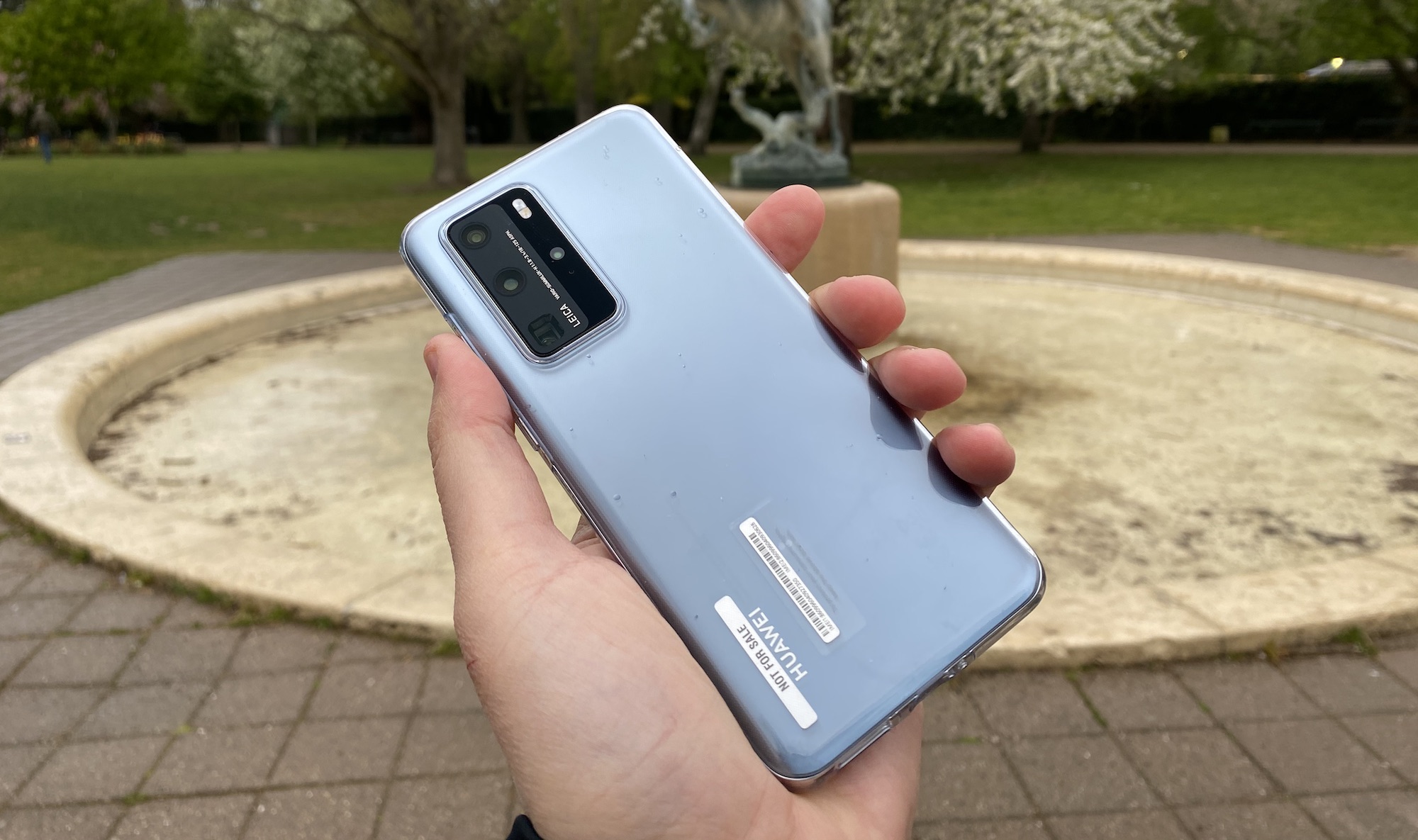
But the biggest design difference can be found when you flip both phones over. While the P40 Pro has a fairly traditional camera configuration, the P50 Pro goes for something quite bold.
In place of the P40 Pro’s bog standard rectangular mounting, the P50 Pro goes with two oversized circles arranged vertically on a lozenge-shaped mounting. It’s quite distinctive.
The P50 Pro is available in four colors: Golden Black, Pearl White, Charm Pink, and Cocoa Gold. The P40 Pro gave you five color options: Silver Frost, Ice White, Deep Sea Blue, Blush Gold, and black. In both cases, the availability of these colors will depend on your particular region.
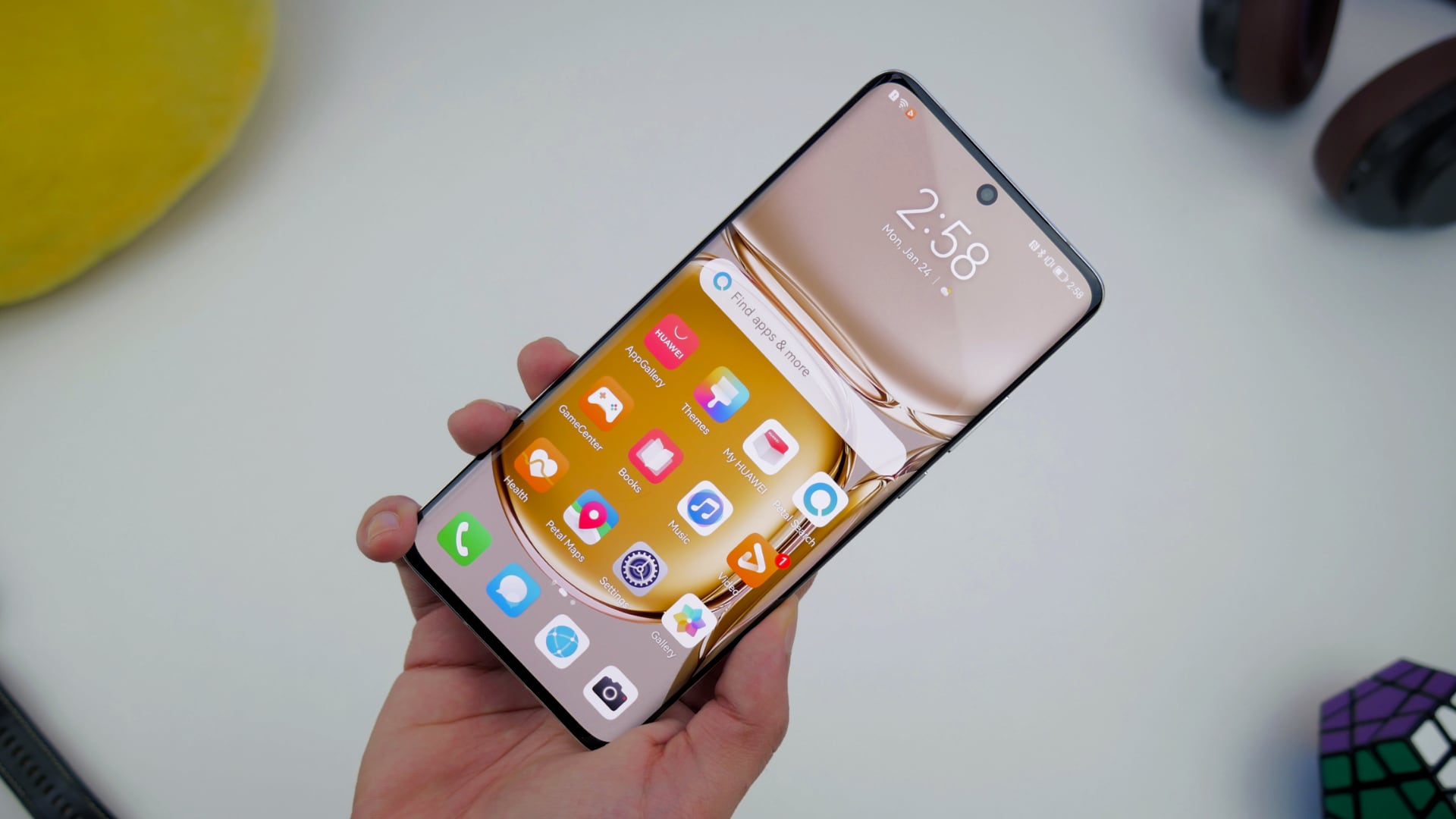
Display
The Huawei P50 Pro gives you a 6.6-inch OLED display, which is about the same size as the P40 Pro’s 6.58-inch OLED. However, the P50 Pro steps up the maximum refresh rate from 90Hz to 120Hz, so it’s the smoother panel of the two.
Our reviewers found both the P50 Pro and P40 Pro screens to have excellent color reproduction and brightness, while both reviews noted how good they were to watch video on.
In terms of resolutions, both phones hit a point somewhere in between FHD+ and the QHD+ of many rival flagship Androids.
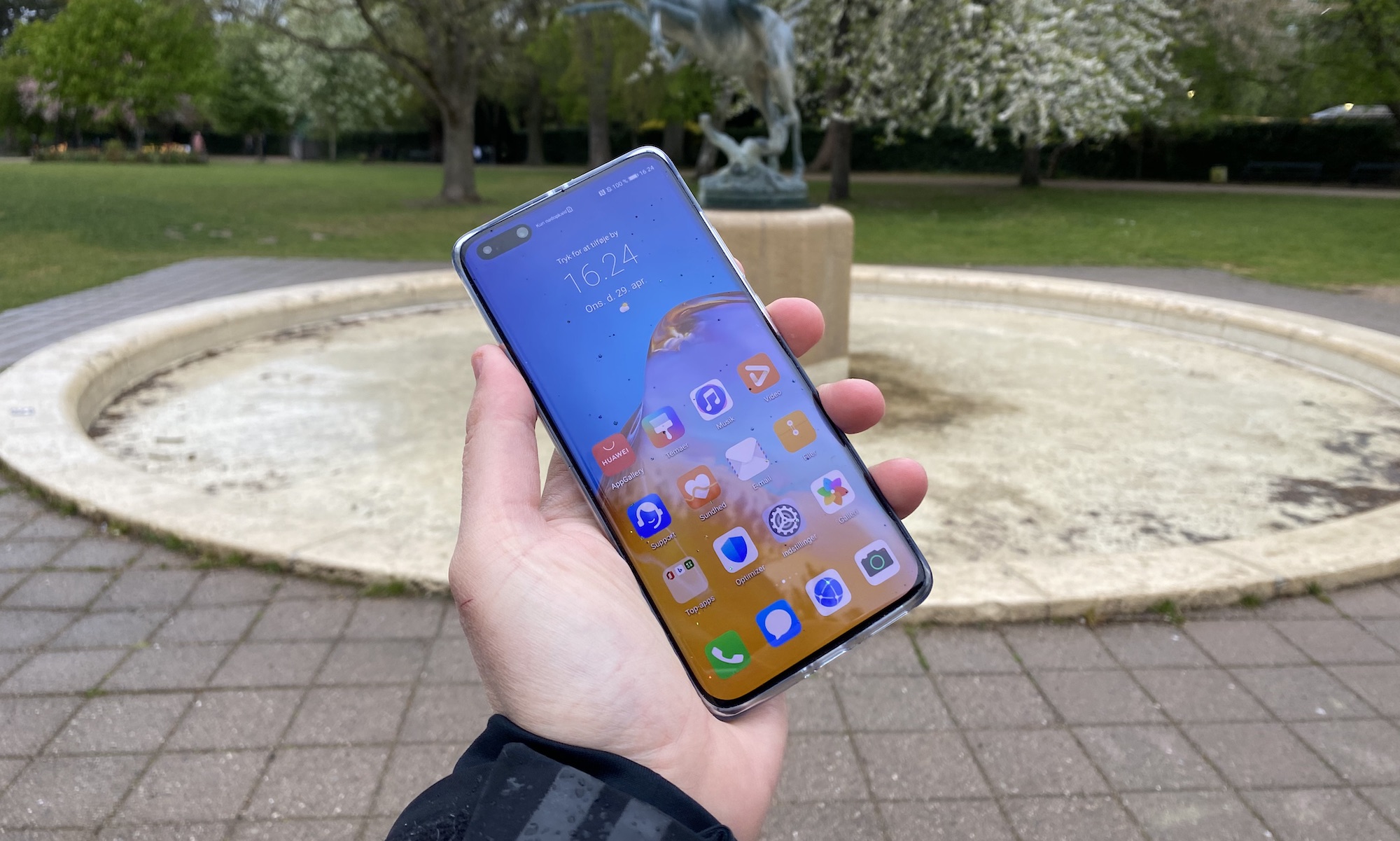
Both are somewhere in the region of the iPhone 13 Pro Max for sheer pixel density, which is far from a negative point, but you will get sharper from the likes of the Samsung Galaxy S22 Ultra and the OnePlus 10 Pro.
Camera
The Huawei P50 Pro gives you a feature-packed quad-camera setup, while the Huawei P40 Pro supplies a triple-camera system.
Both are led by large 50MP wide sensors, and both phones utilize Leica optics. That’s about where the similarities end.
While the P50 Pro goes with a 13MP ultra-wide, the P40 Pro gives you a 40MP ultra-wide. On the telephoto front, the Huawei P50 Pro supplies a 64MP 3.5x optical zoom. The P40 Pro goes with a 12MP periscope telephoto offering 5x optical zoom.
There’s a fourth sensor with the newer P50 Pro, which takes the form of a 40MP black and white sensor. The P40 Pro also has a fourth sensor, as it happens, but it’s a TOF 3D sensor for dedicated depth sensing.
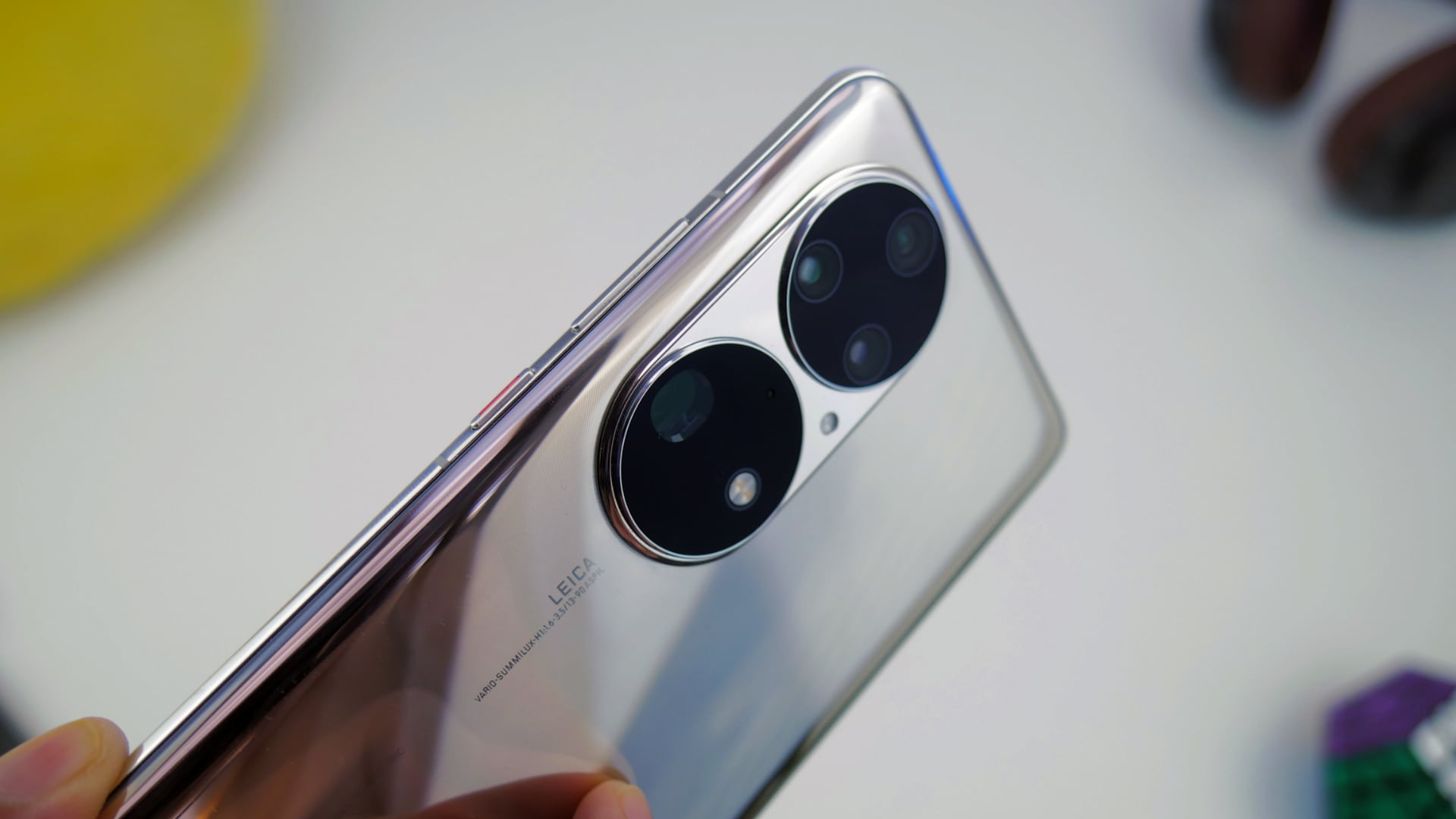
Even the selfie cameras are different, and P40 Pro has the bragging rights. The Huawei P50 Pro gives you a single 13MP sensor, while the P40 Pro goes with a 32MP sensor backed by a secondary TOF 3D depth sensor.
The latter doesn’t just work to bolster portrait selfies, it also serves as a secure biometric authentication system. It’s not as secure as Apple’s Face ID or the Huawei Mate 30 Pro, but it’s still a feature the P50 Pro lacks.
When it comes to image quality, our reviewer found that the P50 Pro can take “stunning images” that are “sharp, detailed and with a wide dynamic range.” We were similarly impressed with the P40 Pro back at launch, particularly its advanced AI assistant, which does an awful lot of heavy lifting. It also “performed phenomenally well in low-light conditions.”
One advantage with the Huawei P50 Pro is that its colors tend to look truer to life than previous Huawei flagships, which could look a little false.
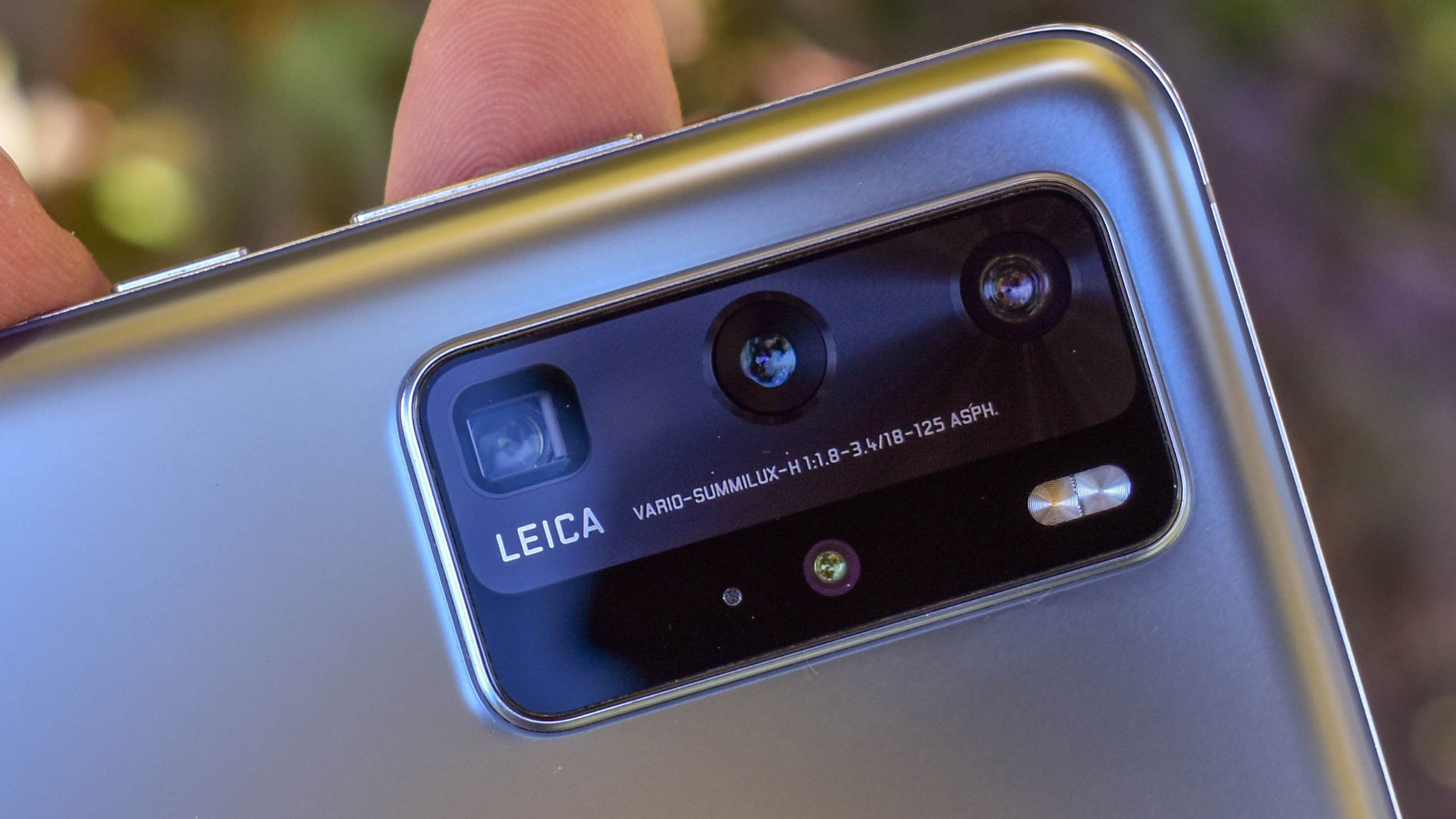
Specs and performance
The Huawei P50 Pro is powered by a Snapdragon 888 4G in western markets, having initially launched in China with the Kirin 9000.
This means that while the phone hit the west in 2022, it’s running on 2021 hardware. Still, that makes it faster than the Huawei P40 Pro, which runs on the 7nm+ Kirin 990 5G, which was a contemporary of the Snapdragon 865.
Not that there’s a huge difference in raw CPU power. The P40 Pro scored an average of 2,997 in our Geekbench 5 benchmarking, while the P50 Pro scored 3,018. The P50 Pro’s Snapdragon 888 has the more capable GPU, however, and of course it’s more efficient.

There is one major way in which the Huawei P40 Pro’s chip beats the P50 Pro’s. It’s right there in the chip names: only the P40 Pro supports 5G.
The lack of up-to-date network connectivity is a major omission from the Huawei P50 Pro, and seemingly comes due to those restrictions Huawei is facing. Whatever the reason, it makes the P50 Pro feel somewhat out of touch with its flagship peers.
Elsewhere, but phones offer 8GB of RAM as standard, but there’s also a 12GB version of the P50 Pro in some regions. Meanwhile, both phones offer 128GB, 256GB, and 512GB storage options. Again, though, this depends on your region.
Battery
Neither of these phones has a particularly huge battery by modern standards. The Huawei P50 Pro has the larger cell of the two at 4,360mAh, while the Huawei P40 Pro’s battery is a mere 4,200mAh.
Given that most of their rivals are packing a full 5,000mAh, this isn’t very impressive.
Of course, in the P50 Pro’s case, it doesn’t have to support 5G connectivity, while the P40 Pro doesn’t have to power a full 120Hz display. That makes a difference.
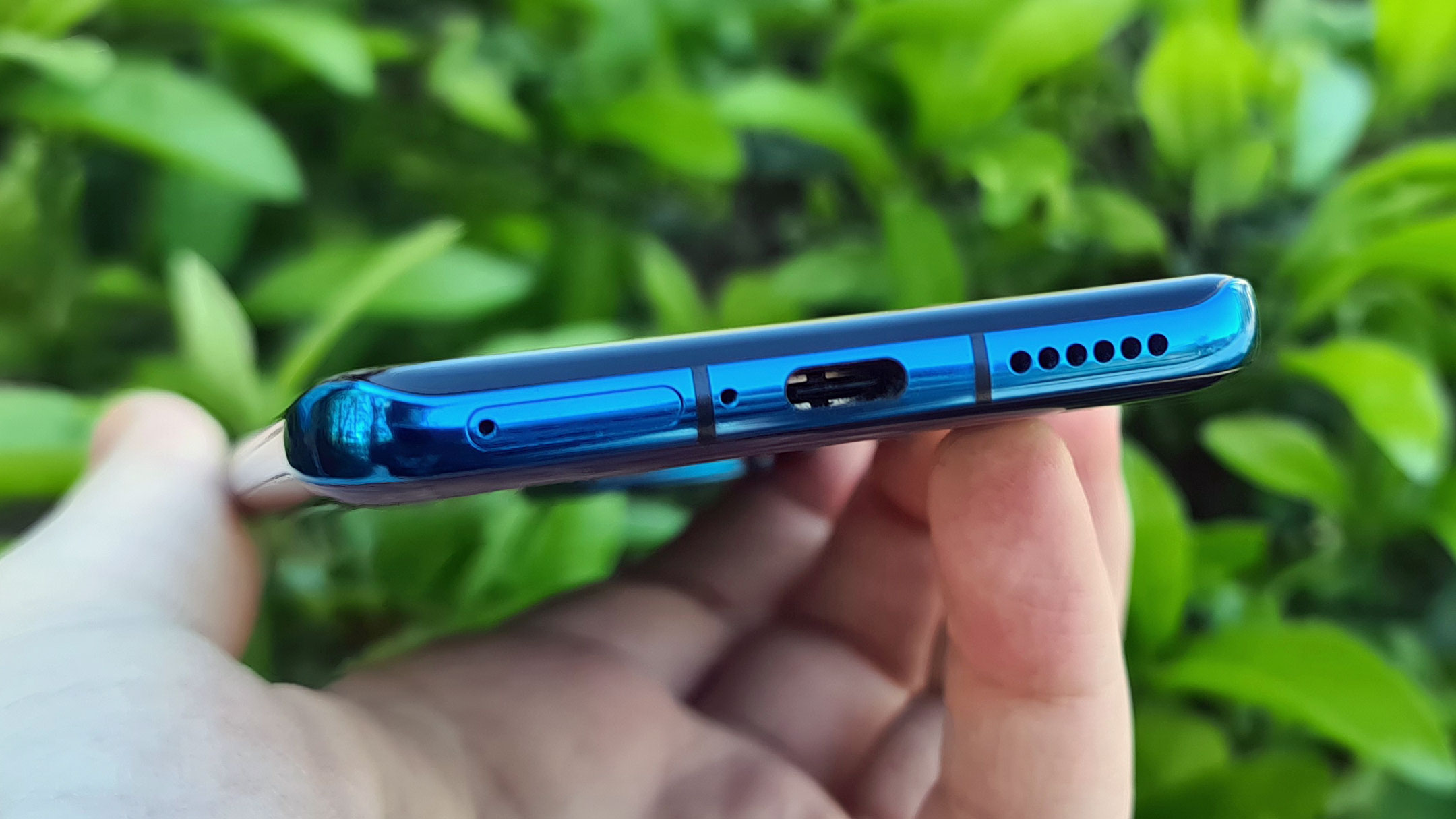
As a result, both phones will get you through at least a full day of light to moderate usage. Our reviewer found that the P40 Pro could stand up to a little more, and praised it for its “phenomenal battery life.”
The Huawei P50 Pro wins on charging speeds, however. With support for 66W wired, it supersedes the 40W on the P40 Pro. It’s a similar story with wireless charging, where the P50 Pro supports 50W and the P40 Pro supports 27W.
Takeaway
The Huawei P50 Pro is clearly a better phone than its predecessor, the Huawei P40 Pro. It has a more appealing design, stereo sound, superior power, faster charging, and a more fluid design.
Not that the newer phone gets its own way in every regard. The P40 Pro has 5G connectivity and a much lower price tag, even if we’re just considering the RRP.
Ultimately, it’s a bold choice opting for either of these phones with no Google Play support. But if you’re hungering for something a little different from the usual brands, and money is no object, then the P50 Pro gets the nod.
For all the latest Technology News Click Here
For the latest news and updates, follow us on Google News.
